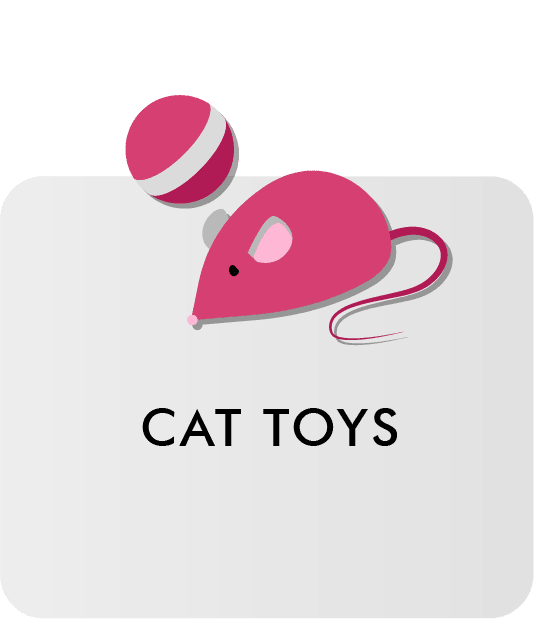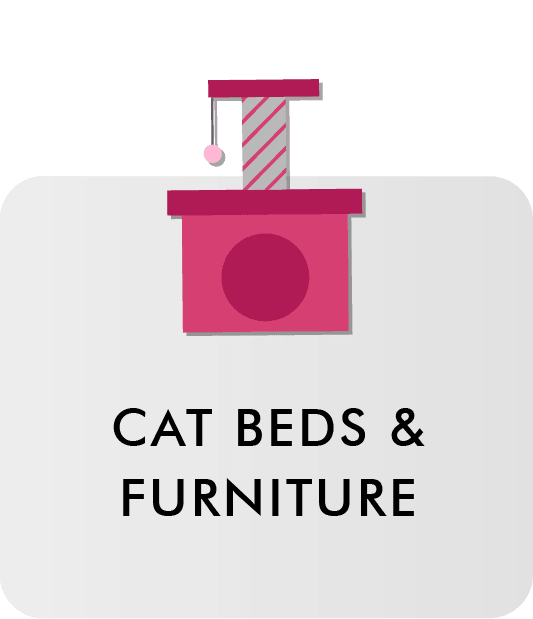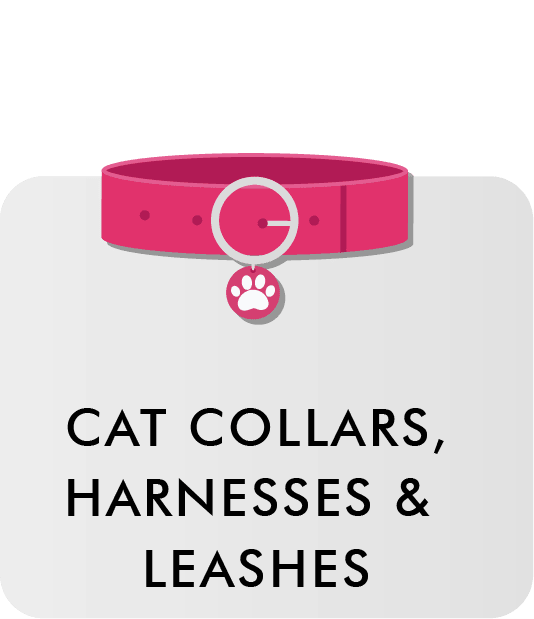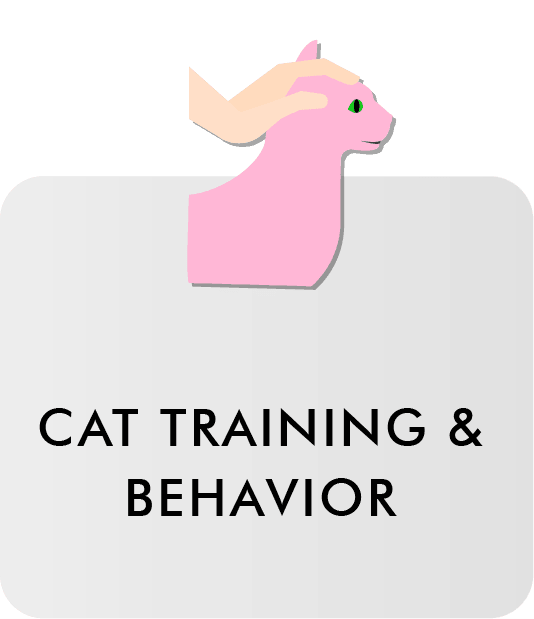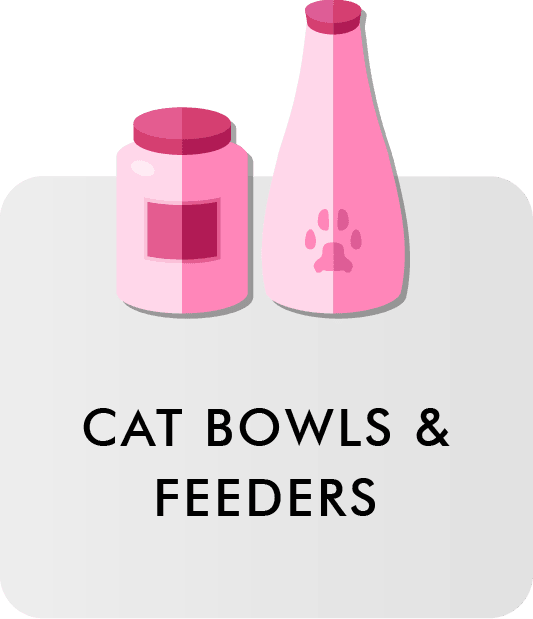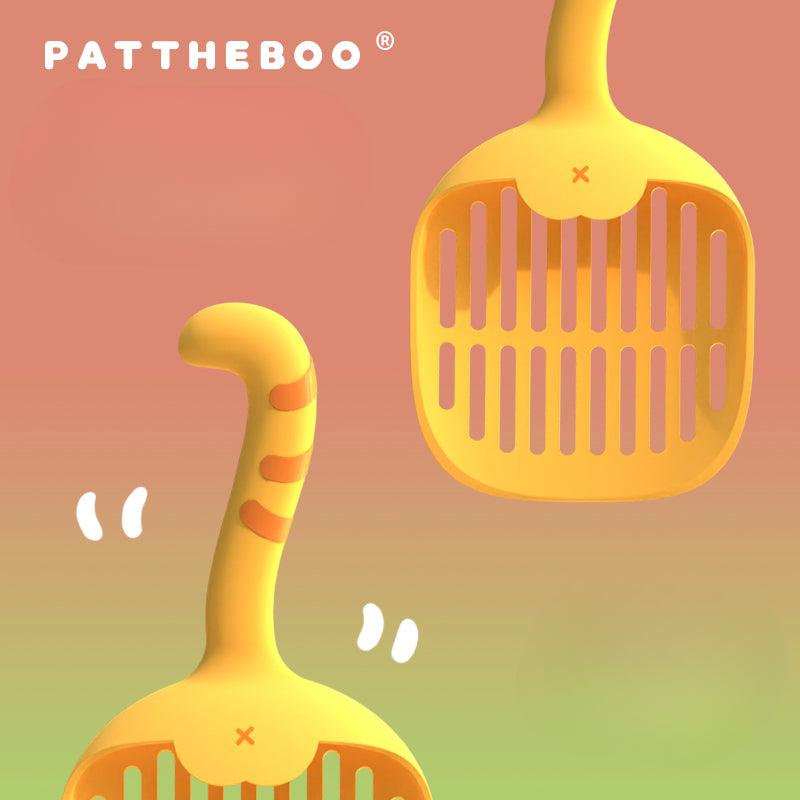KIKOPALS’ cat litter collection features a diverse range of products designed to meet the unique needs of every cat owner. Maintaining a clean and hygienic litter box is crucial for your cat's health and well-being, and our selection of premium litters and accessories ensures that your feline friend has a safe and comfortable place to relieve themselves. From traditional clumping formulas to innovative eco-friendly options, KIKOPALS provides the best solutions to keep your home fresh and odor-free.
Variety of Cat Litter Types
Our extensive collection includes multiple types of cat litter, each catering to different preferences and requirements. You can choose from:
- Clumping Clay Litter: Known for its excellent absorbency and easy scooping capabilities, clumping litter forms solid clumps upon contact with moisture, making cleanup a breeze. It effectively controls odors, ensuring a fresher environment for both you and your cat.
- Non-Clumping Litter: Ideal for those who prefer a traditional approach, non-clumping litter absorbs moisture without forming clumps. This option may be preferred for kittens or older cats who need softer surfaces.
- Biodegradable Litter: For eco-conscious pet owners, our selection includes natural and biodegradable litters made from materials like wood, corn, or recycled paper. These options provide effective odor control while being environmentally friendly.
Odor Control Solutions
KIKOPALS’ cat litter products are designed with superior odor control features to keep your home smelling fresh. Many litters incorporate advanced technologies, such as activated charcoal or baking soda, that neutralize odors on contact. This ensures a pleasant atmosphere in your living space while maintaining a clean litter box.
Dust-Free and Low-Tracking Options
Our cat litter is available in dust-free formulas, minimizing airborne particles that can irritate both you and your cat. Low-tracking litters are designed to reduce the mess around the litter box, ensuring that litter stays contained, which is particularly beneficial for multi-pet households.
Cat Litter Accessories
In addition to our litter selection, KIKOPALS offers a variety of cat litter accessories to enhance the litter box experience:
- Litter Boxes: Our selection includes various sizes and styles of litter boxes, from traditional open-top designs to covered options that provide privacy for your cat. Some boxes feature high sides to prevent spills, while others have built-in odor control systems.
- Litter Mats: Designed to catch stray litter and keep your floors clean, our litter mats are made from durable materials that are easy to clean. These mats help contain messes and are an essential addition to your cat’s litter area.
- Scoopers and Liners: KIKOPALS provides high-quality scoopers that make cleaning the litter box quick and easy. We also offer liners to simplify litter box maintenance, making it easier to keep the box clean and hygienic.
Quality Assurance from Trusted Brands
In our Cleaning & Grooming - Cat Litter section, you’ll find products from reputable brands known for their commitment to quality and safety in pet care. Each litter and accessory is carefully selected to ensure durability, effectiveness, and a safe environment for your cat.
Explore KIKOPALS’ Cat Cleaning & Grooming - Cat Litter collection today to find the perfect litter and accessories for your beloved feline companion. With our focus on quality, odor control, and convenience, you can trust KIKOPALS to help you create a clean and comfortable space for your cat.




